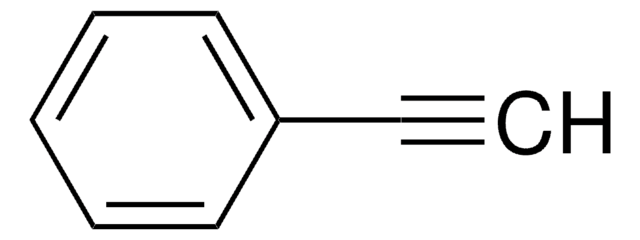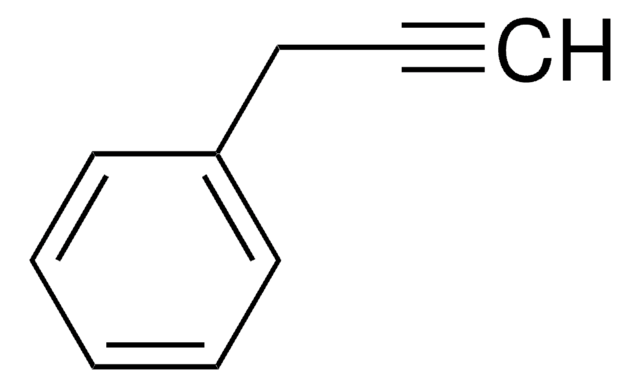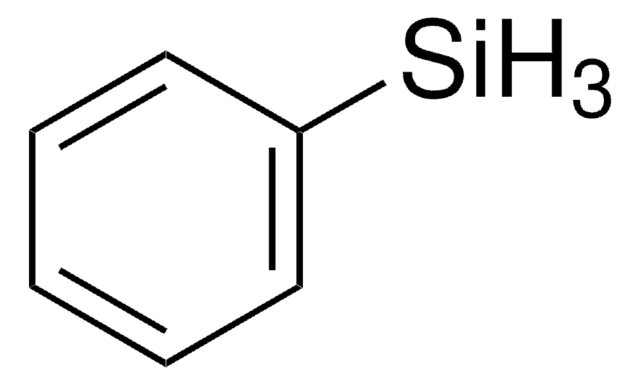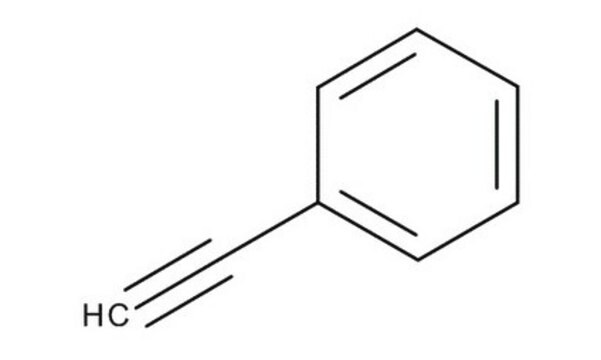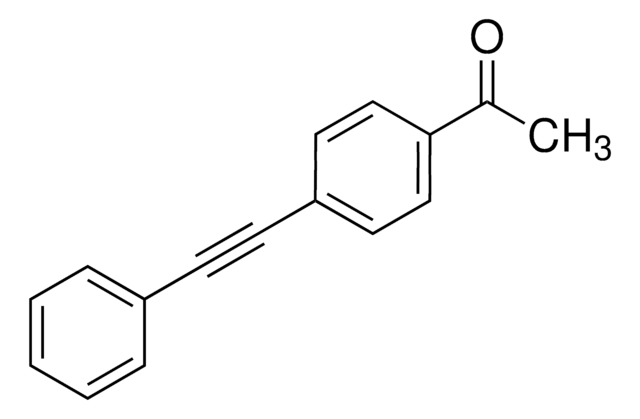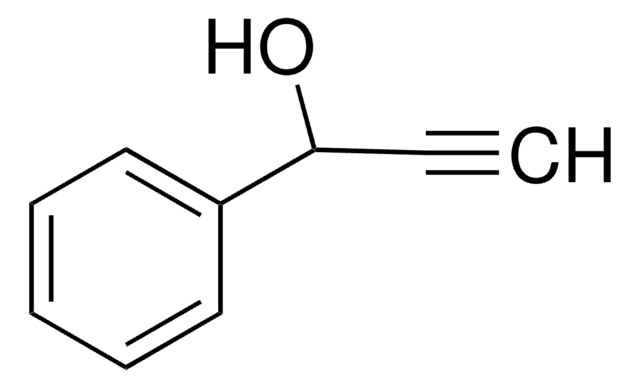161241
1-Phenyl-1-propyne
99%
Synonym(s):
(2-Methylethynyl)benzene, 1-Methyl-2-phenylacetylene, 1-Propyn-1-ylbenzene, 1-Propynylbenzene, 3-Phenyl-2-propyne, Methylphenylacetylene, Methylphenylethyne, Phenylmethylacetylene
About This Item
Recommended Products
Quality Level
Assay
99%
form
liquid
refractive index
n20/D 1.564 (lit.)
bp
185 °C (lit.)
density
0.928 g/mL at 25 °C (lit.)
functional group
phenyl
storage temp.
2-8°C
SMILES string
CC#Cc1ccccc1
InChI
1S/C9H8/c1-2-6-9-7-4-3-5-8-9/h3-5,7-8H,1H3
InChI key
GHUURDQYRGVEHX-UHFFFAOYSA-N
Related Categories
General description
1-Phenyl-1-propyne serves as a starting material for various chemical reactions, such as addition reactions and polymerization.
Signal Word
Warning
Hazard Statements
Precautionary Statements
Hazard Classifications
Eye Irrit. 2 - Skin Irrit. 2 - STOT SE 3
Target Organs
Respiratory system
Storage Class Code
10 - Combustible liquids
WGK
WGK 3
Flash Point(F)
143.6 °F - closed cup
Flash Point(C)
62 °C - closed cup
Personal Protective Equipment
Choose from one of the most recent versions:
Already Own This Product?
Find documentation for the products that you have recently purchased in the Document Library.
Customers Also Viewed
Global Trade Item Number
| SKU | GTIN |
|---|---|
| 161241-1G | |
| 161241-25G | 4061837580574 |
| 161241-5G | 4061838746092 |
Our team of scientists has experience in all areas of research including Life Science, Material Science, Chemical Synthesis, Chromatography, Analytical and many others.
Contact Technical Service